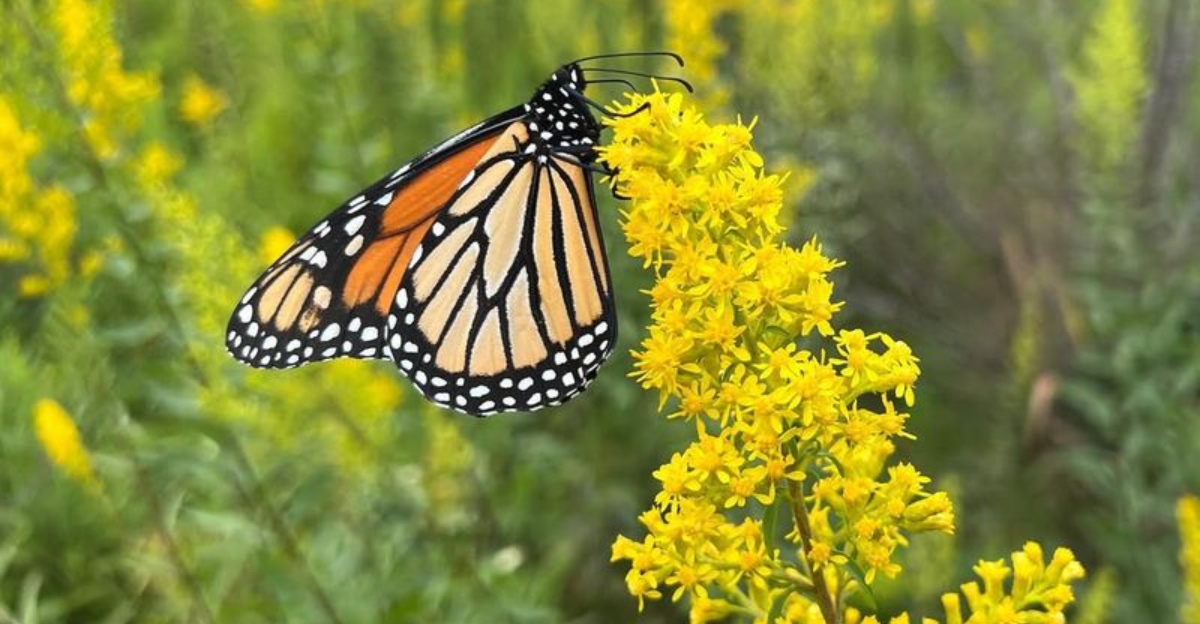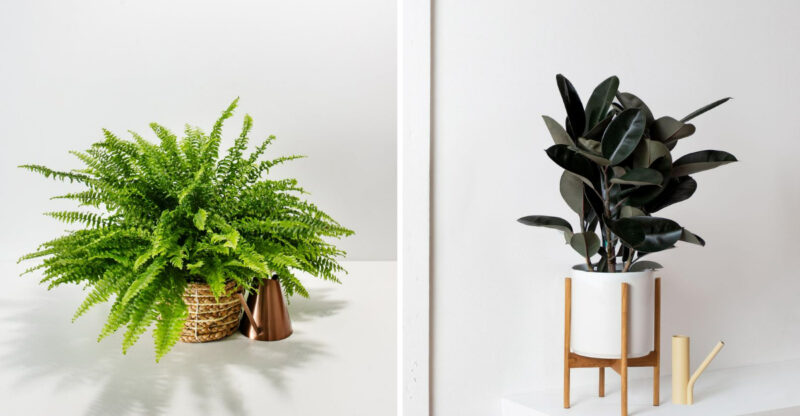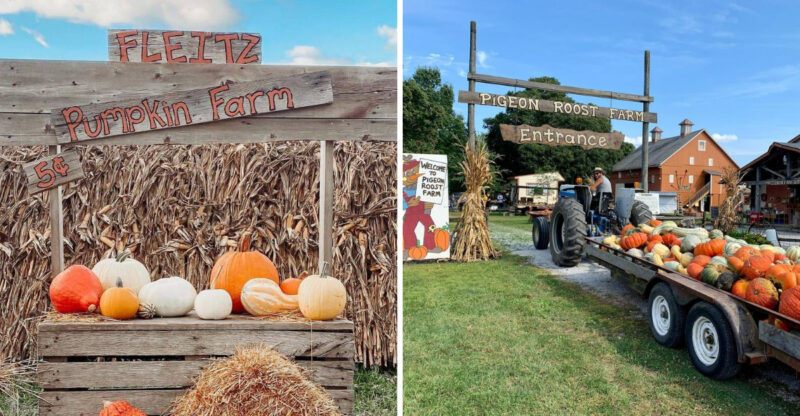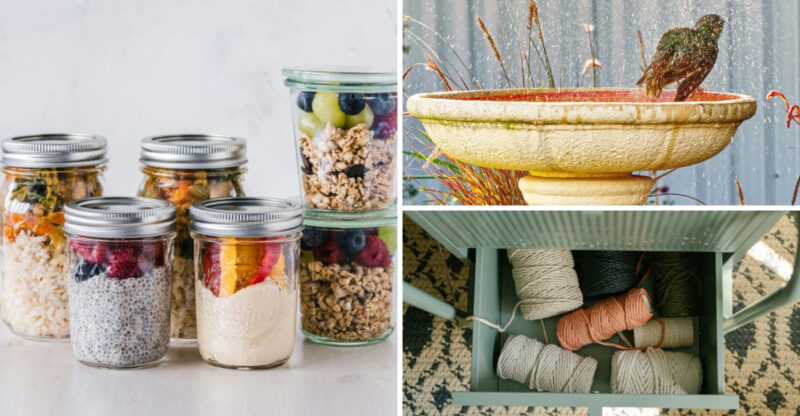Why You’ll Want To Plant Goldenrod In Your Michigan Yard After All

Goldenrod often gets blamed for something it didn’t do, and that misunderstanding has kept many Michigan gardeners from enjoying one of the state’s most beautiful native plants.
Once you learn the truth about this bright yellow wildflower, you might just change your mind about adding it to your landscape. Goldenrod brings color, supports local wildlife, and thrives in Michigan’s climate with very little fuss.
1. Why Goldenrod Gets A Bad Rap
For years, goldenrod has been blamed for causing fall allergies, earning a reputation it doesn’t deserve. Many people assume its bright yellow blooms are the culprit behind their sneezing and itchy eyes.
The truth is, goldenrod blooms at the same time as ragweed, which actually causes those symptoms. Ragweed releases lightweight pollen that travels through the air, while goldenrod pollen is heavy and sticky, spread by insects instead of wind.
2. The Real Story About Allergies
Ragweed is the real troublemaker when autumn allergies strike. Its tiny green flowers release clouds of pollen that drift for miles, triggering reactions in sensitive individuals.
Goldenrod, on the other hand, relies on bees and butterflies to move its pollen from flower to flower. Because the pollen doesn’t become airborne, it rarely causes allergic reactions. Some herbalists even use goldenrod to help soothe respiratory issues naturally.
3. Why It’s Great For Michigan Pollinators
Late summer and early fall can be tough times for pollinators searching for food. Goldenrod blooms during this critical window, offering nectar and pollen when many other flowers have faded.
Bees, butterflies, and beneficial insects flock to goldenrod, making it a lifeline for species preparing for winter or migration. Planting goldenrod creates a bustling habitat that supports Michigan’s native pollinator populations beautifully.
4. Best Goldenrod Varieties For Michigan Yards
Not all goldenrods are created equal, and choosing the right variety matters. Showy goldenrod grows about three feet tall with arching plumes, perfect for mid-sized garden beds.
Stiff goldenrod stays more compact and works well in smaller spaces or containers. Tall goldenrod can reach six feet, creating dramatic backdrops along fences or property lines. Each variety thrives in Michigan’s climate and soil conditions.
5. Where And How To Plant It
Goldenrod loves full sun and tolerates a range of soil types, though it prefers well-drained spots. Plant it in spring or fall, spacing plants about 18 to 24 inches apart depending on the variety.
Water newly planted goldenrod regularly until roots establish, usually within a few weeks. After that, goldenrod becomes quite drought-tolerant and handles Michigan summers without constant watering.
6. Simple Care Tips For A Healthy Bloom
Once established, goldenrod asks for very little attention. It doesn’t need fertilizer and actually prefers lean soil, which keeps growth compact and sturdy.
Deadheading spent blooms prevents excessive self-seeding, though leaving some seed heads provides winter food for birds. Cutting plants back in late fall or early spring keeps the garden tidy. Goldenrod resists most pests and diseases naturally.
7. How to Keep It From Spreading Too Much
Goldenrod can spread through underground rhizomes and seeds, which worries some gardeners. Choosing clump-forming varieties like stiff goldenrod reduces spreading concerns significantly.
Installing root barriers or planting goldenrod in large containers keeps growth contained. Removing seed heads before they mature also limits self-seeding. With simple management, goldenrod stays where you want it without taking over the entire yard.
8. Great Plants To Pair With Goldenrod
Goldenrod’s sunny yellow blooms pair beautifully with late-season purple asters, creating a striking contrast that catches the eye. Black-eyed Susans bloom alongside goldenrod, doubling the golden impact in your garden.
Ornamental grasses like little bluestem add texture and movement, while native sedums provide groundcover interest. These combinations create a low-maintenance, pollinator-friendly landscape that looks gorgeous through autumn.
9. Why Gardeners Across Michigan Are Coming Around
More Michigan gardeners are embracing native plants, and goldenrod fits perfectly into this movement. Its resilience, beauty, and ecological benefits make it an obvious choice for sustainable landscaping.
Gardeners appreciate how goldenrod thrives without chemicals, extra water, or constant fussing. As awareness grows about its true nature and value, goldenrod is finally getting the recognition it deserves in Michigan yards.
10. The Payoff: A Brighter, Busier Backyard
Planting goldenrod transforms a quiet yard into a lively ecosystem. Watching bees work the flowers and butterflies dance between blooms brings joy that goes beyond simple decoration.
The golden color brightens late-season gardens when many plants look tired. Birds visit for seeds, extending the show into winter. Goldenrod delivers beauty, supports wildlife, and requires minimal effort – a true gardening win.






